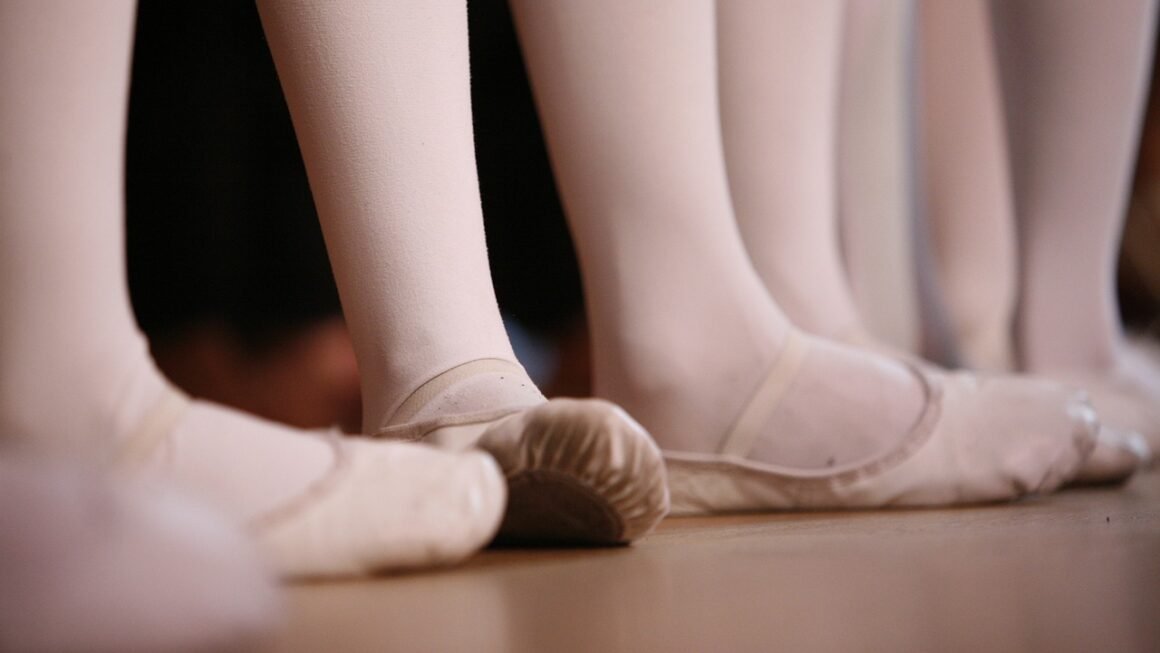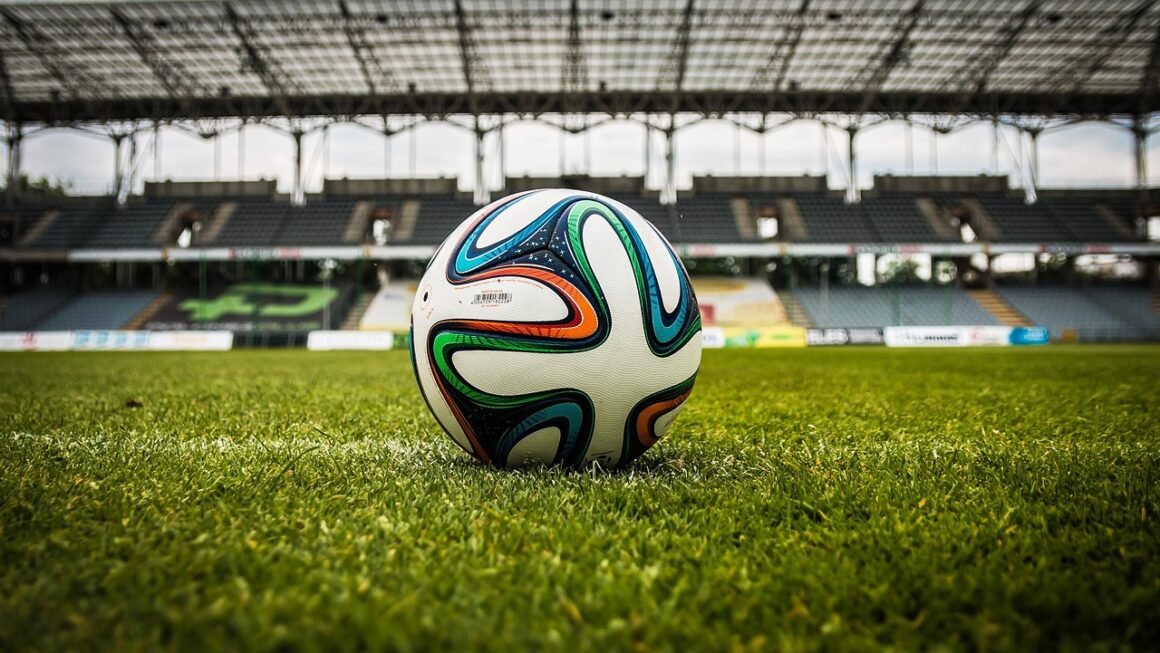Darts: it’s more than just a pub game. It’s a sport steeped in history, demanding precision, strategy, and mental fortitude. Whether you’re a seasoned pro aiming for a 180 or a beginner just learning the rules, understanding the fundamentals of darts is key to improving your game and enjoying this captivating pastime. This comprehensive guide will walk you through everything you need to know about darts, from the equipment to the techniques, ensuring you’re hitting the bullseye in no time.
The Anatomy of a Dart
Dart Components Explained
Understanding the different parts of a dart is crucial for choosing the right equipment and optimizing your throw. A dart consists of four primary components:
- Point: The sharp end of the dart that pierces the dartboard. Points can be fixed or replaceable. Replaceable points allow you to change the point if it becomes damaged or to experiment with different styles (e.g., smooth, knurled).
- Barrel: The main body of the dart, usually made of tungsten or brass. Tungsten is denser, allowing for slimmer barrels with the same weight, improving grouping on the board. Barrel grip is a crucial factor – ranging from smooth to aggressively knurled.
- Shaft: Connects the barrel to the flight. Shafts come in various lengths and materials (e.g., nylon, aluminum, carbon fiber). The length of the shaft affects the dart’s trajectory. Shorter shafts create a steeper angle, while longer shafts create a shallower angle.
- Flight: The “wings” of the dart, providing stability and influencing its flight path. Flights come in various shapes (e.g., standard, kite, slim) and materials (e.g., polyester, nylon). The shape and size of the flight affect the dart’s stability and speed. Larger flights offer more stability but slow the dart down, while smaller flights are faster but less stable.
Choosing the Right Dart Weight
The weight of your dart significantly impacts your throwing style and accuracy.
- General Recommendation: Most players find darts between 22-24 grams to be a good starting point.
- Experimentation is Key: Try different weights to see what feels most comfortable and natural. Consider lighter darts (20-22 grams) if you have a smoother, more controlled throw, and heavier darts (24-26 grams) if you have a more forceful throw.
- Brass vs. Tungsten: Remember, brass darts are bulkier than tungsten darts of the same weight. A 23g brass dart will be much wider than a 23g tungsten dart.
Understanding the Dartboard
Dartboard Layout and Scoring
The dartboard is divided into 20 numbered sections, each worth a specific point value.
- The Bullseye: The center of the board is the bullseye. The outer bullseye (single bull) is worth 25 points, and the inner bullseye (double bull) is worth 50 points.
- Scoring Sections: Each of the 20 numbered sections is divided into single, double, and treble areas.
- Double Ring: The outer ring doubles the value of the corresponding section.
- Treble Ring: The inner ring triples the value of the corresponding section.
- Outer Ring: The thin outer ring scores zero points and is called the “wire” or “spider.”
Setting Up Your Dartboard
Proper dartboard setup is essential for fair play and preventing injuries.
- Height: The center of the bullseye should be exactly 5 feet 8 inches (1.73 meters) from the floor.
- Throwing Distance: The oche (throwing line) should be 7 feet 9.25 inches (2.37 meters) from the face of the dartboard.
- Board Illumination: Ensure adequate lighting around the dartboard to improve visibility and accuracy. A well-lit board reduces eye strain and allows you to focus on your target.
- Surround: Invest in a dartboard surround to protect your walls from stray darts.
Throwing Techniques and Stance
Finding Your Perfect Stance
Your stance is the foundation of your throw. Experiment with different positions to find what feels most balanced and comfortable.
- Common Stances:
Parallel Stance: Both feet are parallel to the oche.
Open Stance: The foot on your throwing arm side is slightly forward.
* Closed Stance: The foot on your throwing arm side is slightly back.
- Weight Distribution: Distribute your weight evenly between your feet for stability.
- Consistency: Once you find a comfortable stance, try to maintain it consistently.
The Throwing Motion
A smooth and controlled throwing motion is crucial for accuracy.
- Grip: Grip the dart firmly but not too tightly. Experiment with different grip styles to find what works best for you.
- Arm Movement: Keep your upper arm relatively still and focus on using your forearm and wrist to propel the dart.
- Follow Through: Follow through with your throw, extending your arm fully towards your target.
- Avoid Jerky Movements: Keep your motion smooth and fluid to maintain accuracy.
Practical Tips for Improved Accuracy
- Focus on Your Target: Visualize the dart hitting the exact spot you’re aiming for.
- Practice Regularly: Consistent practice is essential for developing muscle memory and improving your throwing technique.
- Record Your Progress: Keep track of your scores and analyze your performance to identify areas for improvement.
- Warm-up Before Playing: Stretching and light exercises can help improve your throwing motion and prevent injuries.
Dart Games and Strategies
Popular Dart Games
- 501/301: The most common dart game. Each player starts with 501 (or 301) points and must reduce their score to zero by throwing darts. The winning dart must be a double.
- Around the Clock: Players must hit each number on the dartboard in sequence, from 1 to 20, followed by the bullseye.
- Cricket: A strategic game where players must “close out” numbers by hitting them three times before their opponent does.
Strategic Gameplay
- Aiming for High Scores: When playing 501, prioritize hitting the treble 20 (T20) to quickly reduce your score.
- Checkout Strategies: Plan your checkout in advance to ensure you finish on a double. Common checkout routes involve aiming for doubles like D16 (32), D20 (40), or D8 (16).
- Blocking Your Opponent: In games like Cricket, strategically hit numbers to block your opponent from scoring.
- Mental Toughness: Stay focused and maintain a positive attitude, even when facing setbacks. Darts is a game of mental resilience.
Equipment Maintenance and Care
Cleaning Your Darts
Regular cleaning helps maintain your darts’ grip and performance.
- Use a Soft Cloth: Wipe down the barrels with a soft, dry cloth after each use to remove dirt and oil.
- Mild Soap and Water: For more thorough cleaning, use a mild soap and water solution. Be sure to dry the darts thoroughly afterwards.
- Avoid Harsh Chemicals: Do not use harsh chemicals or abrasive cleaners, as they can damage the darts’ finish.
Replacing Points, Shafts, and Flights
- Points: Replace worn or damaged points to ensure they stick properly in the dartboard.
- Shafts: Replace broken or bent shafts to maintain the dart’s balance and flight path.
- Flights: Replace torn or damaged flights to ensure the dart flies straight and true. Flights wear out with use and impact performance noticeably.
- Invest in Spares: Keep a supply of spare points, shafts, and flights on hand so you can quickly replace them when needed.
Conclusion
Darts is a challenging yet rewarding sport that combines skill, strategy, and mental focus. By understanding the equipment, mastering the throwing techniques, and developing a strategic approach, you can significantly improve your game and enjoy the thrill of hitting that perfect shot. So, grab your darts, step up to the oche, and start practicing your way to the top. With dedication and the right approach, you’ll be hitting those bullseyes in no time!



